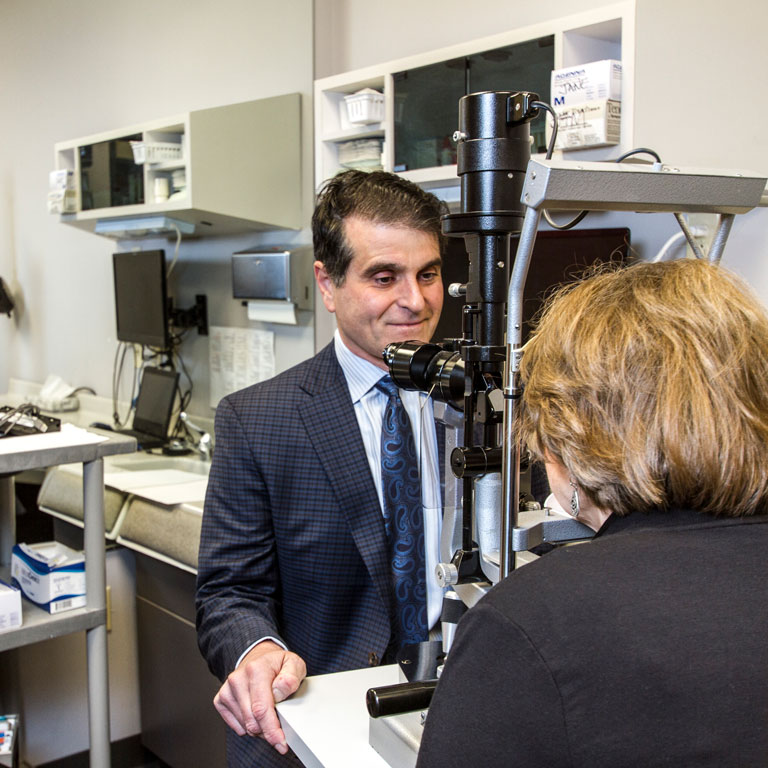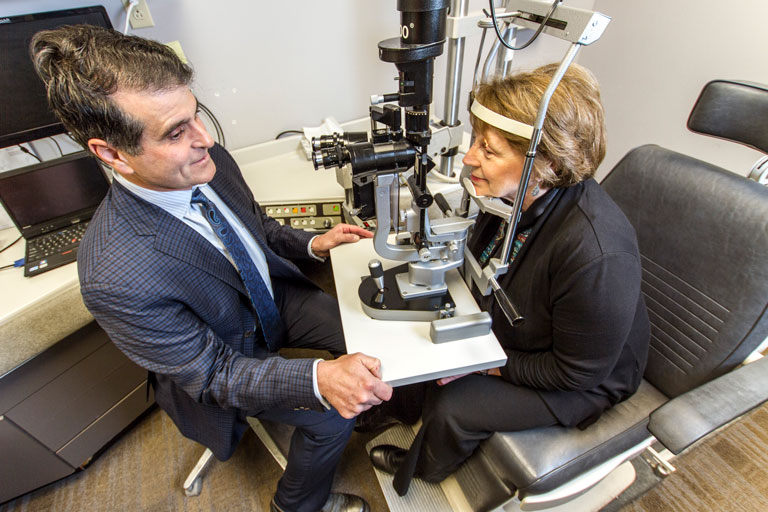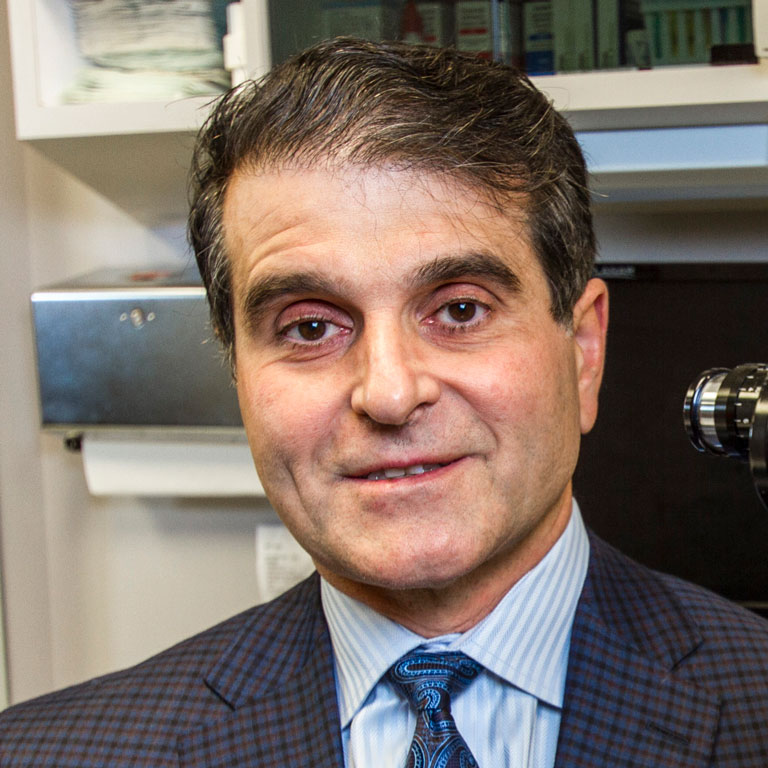When he signed up for a course on operations while enrolled in the Business of Medicine Physician MBA Program at the Kelley School of Business, ophthalmologist Tom Ciulla, MD, MBA’15, was skeptical. He imagined being taught more efficient ways to make widgets in a factory.
“On its face, operations could seem quite dry and inapplicable to my everyday work,” he said.
But during the course taught by Mohan V. Tatikonda, professor of operations management, Dr. Ciulla was tasked with creating a practical project to reduce waste and enhance patient experiences in his Midwest Eye Institute practice. He teamed up with fellow physician MBAs to undertake an important initiative: reduce wait times for patients in his clinic.
Under the supervision of Tatikonda, Dr. Ciulla employed Lean Six Sigma process-improvement approaches to achieve this ambitious goal.
“Often in a clinic, there’s a lot of motion and time waste—such as staff traveling multiple times across the clinic and patients waiting. Our goal was to examine and address some of this waste and variability, which slows down the process and creates a ripple effect throughout the rest of the clinic,” explained Dr. Ciulla.






